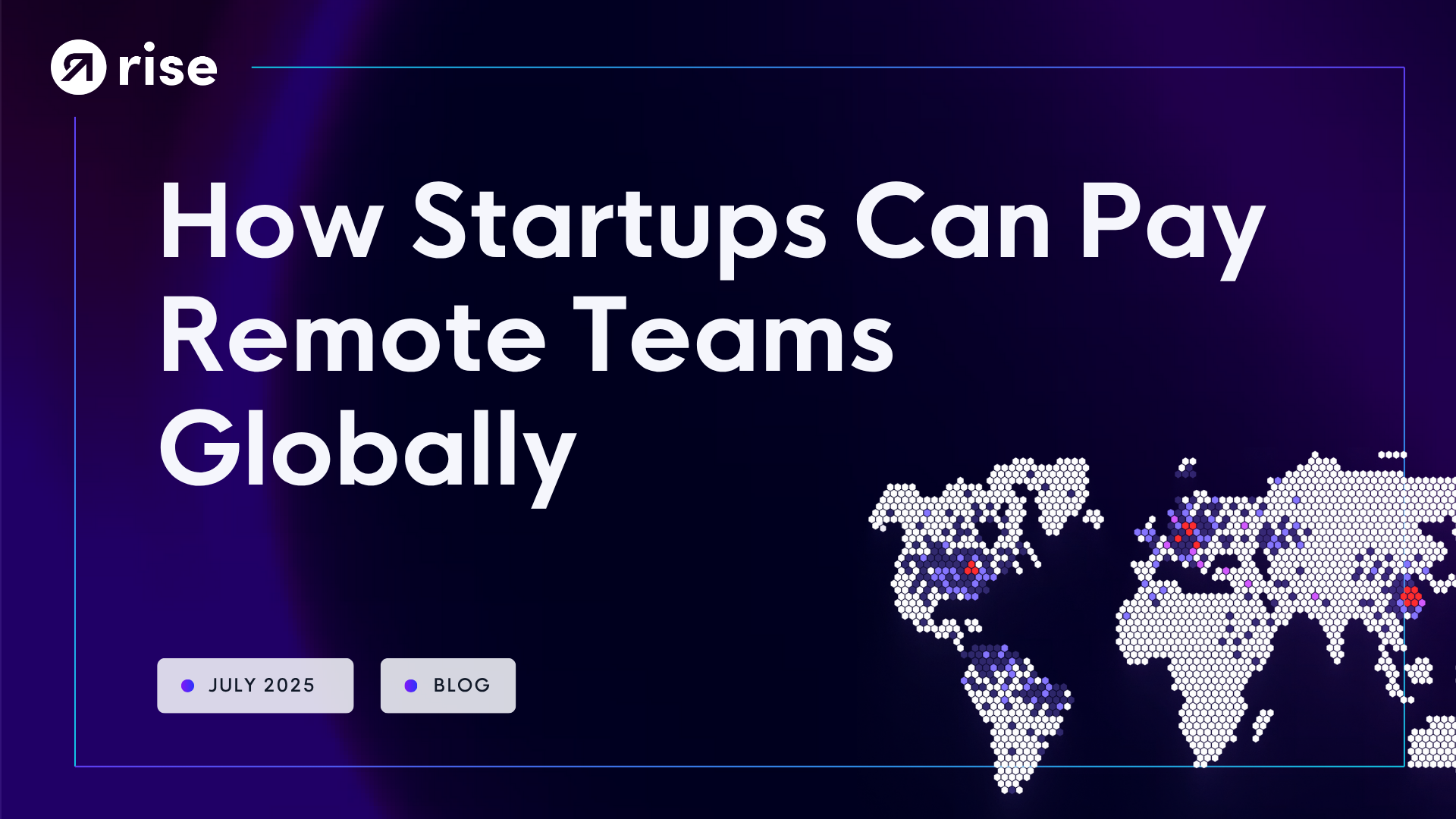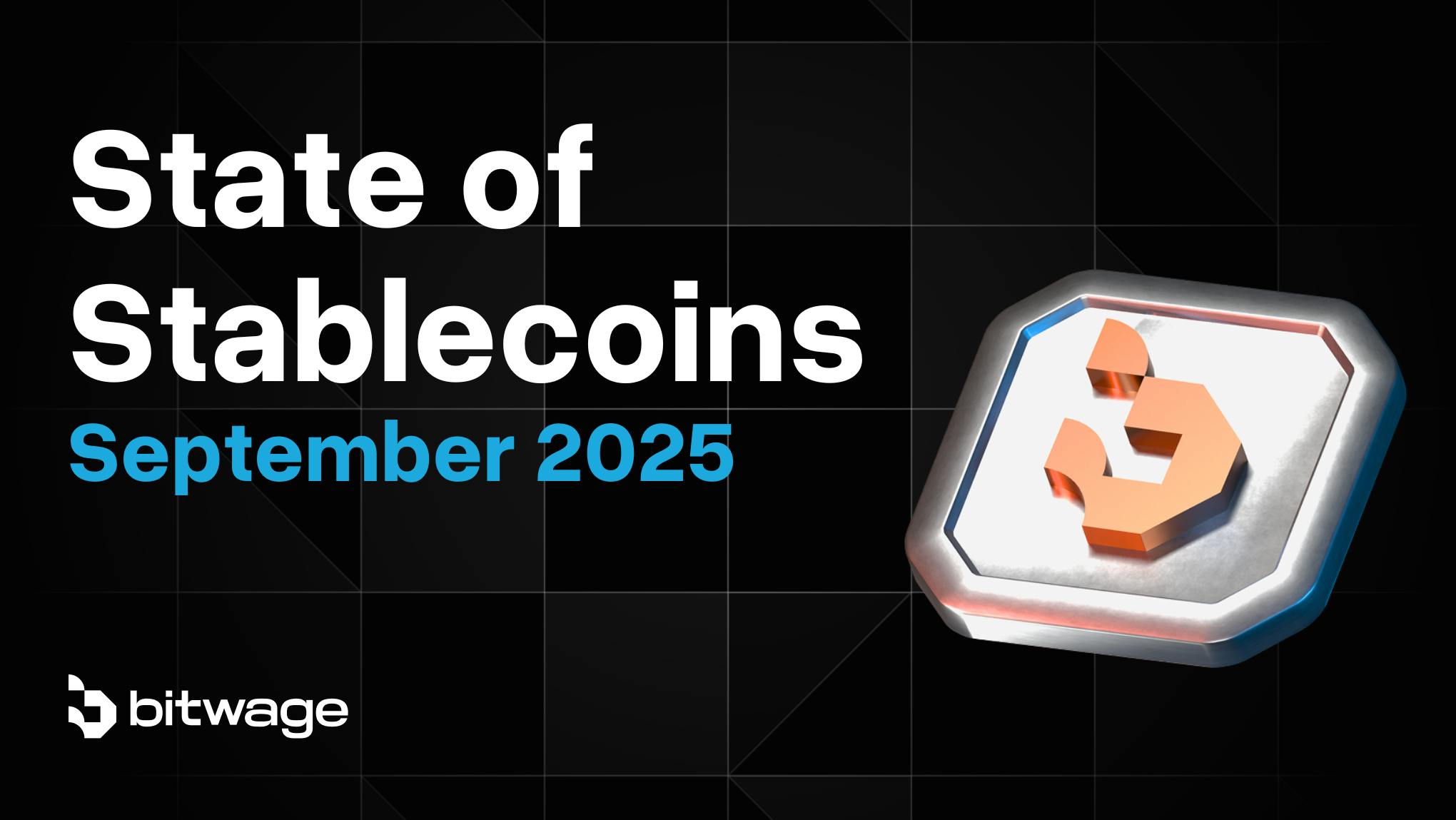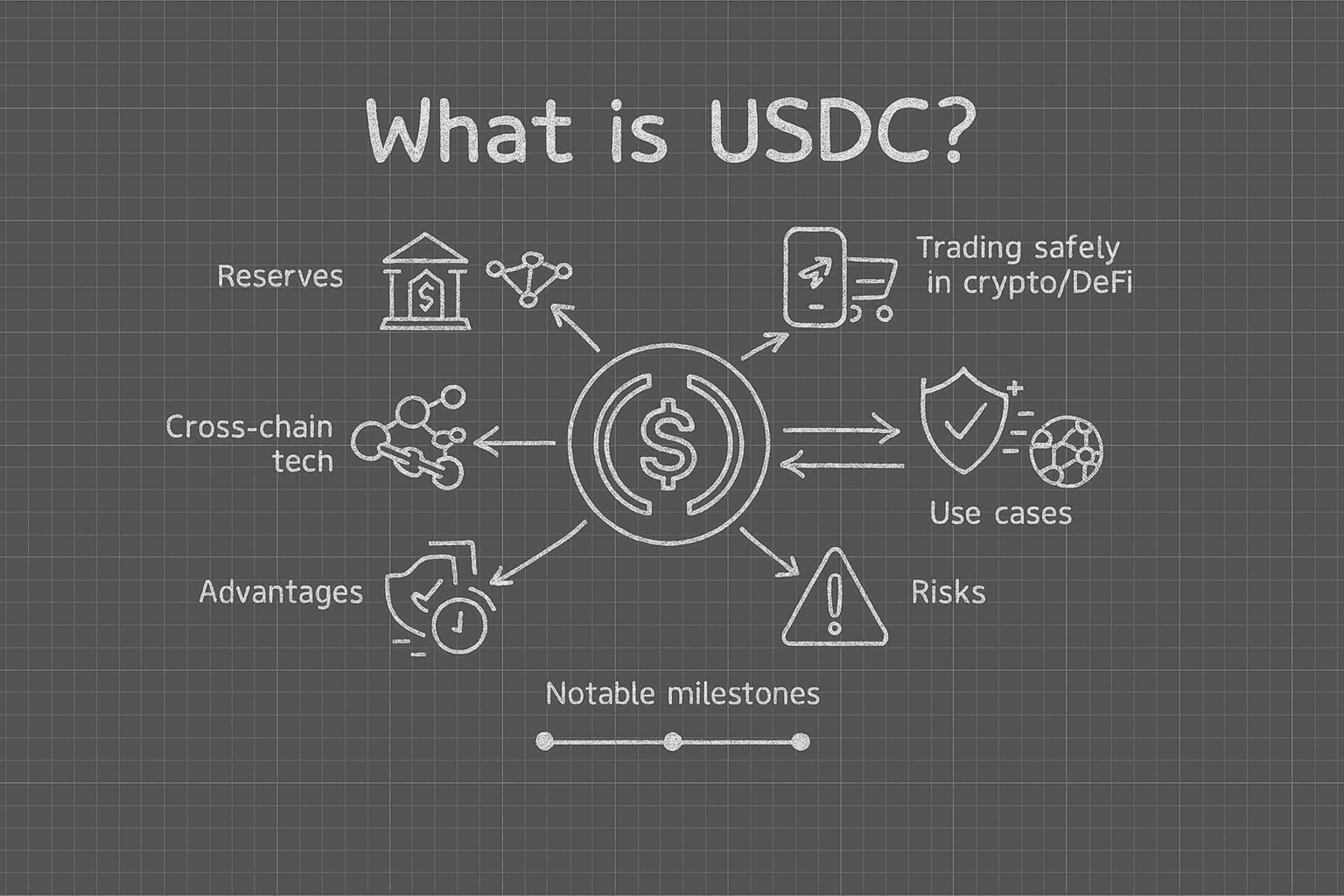
In 2024, the landscape of global compensation for remote teams underwent a seismic shift, with USDC payroll emerging as a transformative force in how salaries are paid across borders. Driven by the demand for faster, more transparent, and cost-efficient solutions, stablecoin salary payments have surged in popularity among startups, tech companies, and digital nomads. This trend is not only reshaping the way companies approach cross-border payroll but also setting new standards for compliance and operational agility in an increasingly decentralized workforce.
USDC Payroll Surges: Tripling Adoption and Market Leadership
The numbers are unequivocal: according to the Blockchain Compensation Survey 2024 by Pantera Capital, the share of workers receiving their salaries in crypto nearly quadrupled from 3% in 2023 to 9.6% in 2024. Stablecoins dominate this space, with USDC commanding a remarkable 63% share of all crypto payrolls – far outpacing even USDT despite its trading volume dominance. This surge is further corroborated by Riseworks’ Stablecoin Payroll Report 2025, which highlights that over 90% of crypto salaries are now paid in either USDC or USDT.
This leap in adoption is not just about numbers – it reflects a profound change in employer-employee dynamics worldwide. Platforms like Remote. com have partnered with Stripe to enable compliant USDC payouts to contractors across 69 countries, eliminating friction associated with traditional wire transfers (source). Similarly, Rise’s integration with Circle has processed over $650 million in payroll by June 2025, with more than half of recipients opting for stablecoins like USDC.
The Strategic Advantages of Stablecoin Salaries for Remote Teams
What makes stablecoin salary remote teams so compelling? The answer lies at the intersection of speed, reliability, and cost savings. Traditional cross-border salary payments are notorious for high fees (often exceeding 5%), unpredictable processing times (ranging from days to even weeks), and exposure to volatile FX rates. In contrast, paying global salaries in crypto – particularly via USDC – offers near-instantaneous settlement at a fraction of the cost.
The current price of Multichain Bridged USDC (Fantom) stands at $0.0470, reflecting both stability and transparency that global businesses demand when managing international payroll obligations. For distributed teams working across multiple jurisdictions and currencies, this consistency provides a hedge against local currency devaluation while ensuring timely compensation.
Compliance and Transparency: Meeting Regulatory Expectations Head-On
A key driver behind the mainstreaming of cross-border payroll USDC solutions is regulatory clarity. In 2024, jurisdictions worldwide accelerated efforts to define clear guidelines for stablecoins – a move endorsed by major financial institutions such as JPMorgan’s Jamie Dimon (source). As compliance frameworks matured, platforms like Deel and Bitwage reported a 43% increase in USDC adoption within the freelancer and gig economy sector (source).
Multichain Bridged USDC (Fantom) Price Prediction 2026-2031
Forecast based on global payroll adoption, stablecoin trends, and evolving crypto regulations
| Year | Minimum Price (Bearish) | Average Price (Base Case) | Maximum Price (Bullish) | Year-over-Year Change (%) | Market Scenario Insight |
|---|---|---|---|---|---|
| 2026 | $0.0440 | $0.0470 | $0.0500 | 0% | Stablecoin remains pegged to $1 on mainnet; depeg risk persists on Fantom bridge due to liquidity and demand. |
| 2027 | $0.0420 | $0.0465 | $0.0520 | -1.1% | Cross-chain bridging improves but Fantom ecosystem demand remains modest; regulatory clarity helps stabilize flows. |
| 2028 | $0.0410 | $0.0460 | $0.0540 | -1.1% | USDC payroll adoption grows, but bridged asset faces competition from native stablecoins and Layer 2s. |
| 2029 | $0.0400 | $0.0455 | $0.0560 | -1.1% | Increased use of multi-chain payroll solutions, but Fantom-specific demand plateaus; minor depeg risk remains. |
| 2030 | $0.0390 | $0.0450 | $0.0580 | -1.1% | Stablecoin regulations worldwide increase transparency, but Fantom bridge volumes limited by ecosystem growth. |
| 2031 | $0.0380 | $0.0445 | $0.0600 | -1.1% | USDC continues global payroll leadership; Fantom bridge price tracks demand, with upside if Fantom ecosystem expands. |
Price Prediction Summary
Multichain Bridged USDC (Fantom) is likely to remain below its $1 mainnet peg due to persistent bridge liquidity constraints and moderate demand on Fantom. Despite explosive growth in USDC payroll adoption globally, the bridged token’s price is expected to stay in the $0.0380-$0.0600 range through 2031, reflecting both technical and ecosystem factors. Upside scenarios depend on Fantom’s growth and bridging improvements; downside risks relate to liquidity and potential bridge disruptions.
Key Factors Affecting USD Coin Price
- Global payroll adoption of USDC continues to rise, driving stablecoin utility.
- Fantom’s ecosystem growth and user activity directly influence bridged USDC demand and price.
- Regulatory clarity for stablecoins and cross-chain assets improves trust but may limit some flows.
- Bridge technology improvements could reduce depeg risk and increase price stability.
- Competition from native stablecoins and Layer 2 solutions may limit bridged USDC growth.
- Liquidity constraints on Fantom bridge remain a key risk for maintaining price parity.
Disclaimer: Cryptocurrency price predictions are speculative and based on current market analysis.
Actual prices may vary significantly due to market volatility, regulatory changes, and other factors.
Always do your own research before making investment decisions.
This regulatory momentum has empowered companies to embrace stablecoin payroll compliance without sacrificing speed or user experience. Transparent blockchain records facilitate easier auditing while reducing administrative overhead – an increasingly critical factor as remote work becomes standard practice rather than exception.
For global businesses, the shift to USDC payroll is a strategic response to the operational headaches of legacy banking systems. The ability to pay international contractors and employees in minutes, rather than days, is a game-changer for talent acquisition and retention. According to the Hybrid Work Adoption Survey 2024 by McKinsey and Company, 55% of companies now operate with distributed teams across borders, making seamless, compliant payments not just a convenience but a necessity.

Why Remote Teams and Startups Choose Crypto Payroll
The appeal of crypto payroll startups and established firms alike lies in their ability to offer borderless compensation without the friction of correspondent banks or intermediary fees. For high-growth startups and digital nomads, stablecoin salaries provide:
Top 5 Reasons Startups Prefer USDC Payroll in 2024
-

1. Rapid Global Payouts: USDC enables near-instant salary payments to remote teams worldwide, eliminating traditional banking delays. Platforms like Remote and Stripe now support USDC payouts to contractors in over 69 countries.
-

2. Lower Transaction Fees: USDC payrolls significantly reduce cross-border payment fees compared to SWIFT or wire transfers, making it cost-effective for startups managing distributed teams.
-

3. Protection Against Currency Volatility: Paying in USDC provides a stable, dollar-pegged salary, shielding remote workers from local currency fluctuations and inflation risks, especially in emerging markets.
-

4. Seamless Integration with Leading Platforms: Major HR and payroll solutions like Rise and Deel have integrated USDC, enabling compliant, automated payroll for thousands of startups and contractors.
-

5. Growing Worker Preference and Adoption: According to Pantera Capital’s 2024 survey, over 63% of crypto salaries are paid in USDC. Adoption tripled in one year, reflecting remote workers’ growing trust in stablecoin payrolls.
Moreover, the transparency inherent in blockchain-based payroll systems means both employers and workers can verify payment status in real time. This is especially valuable for freelancers and gig workers who previously faced uncertainty around payment timelines. As noted by Rise’s June 2025 data, more than half of global contractors now opt for stablecoins like USDC when given the choice, underscoring a clear market preference for digital dollar stability.
Risks and Realities: What Businesses Must Consider
Despite its rapid ascent, stablecoin payroll is not without challenges. Volatility risk, while minimal with leading stablecoins like USDC, remains a factor if off-ramping to local fiat currencies is delayed or restricted by regional banking policies. Additionally, businesses must stay abreast of evolving tax guidance on crypto compensation, which varies significantly by jurisdiction.
That said, established platforms are investing heavily in compliance infrastructure and user education. Automated reporting tools now help HR teams stay aligned with local labor laws while minimizing manual paperwork. As regulatory certainty improves globally, these risks are increasingly manageable for companies willing to invest in robust cross-border payroll solutions.
The Road Ahead: Mainstreaming Stablecoin Payroll
The momentum behind stablecoin payroll compliance shows no sign of slowing as we move through Q3 2025. With Multichain Bridged USDC (Fantom) holding steady at $0.0470, confidence in using digital dollars for salary payments remains high among both employers and workers. Market leaders such as Stripe, Remote. com, Rise, Deel, and Bitwage continue to expand their integration footprints, further lowering barriers for global adoption.
The next phase will likely see deeper interoperability between blockchains and traditional finance rails, unlocking even faster settlements and greater flexibility for hybrid workforces worldwide. For forward-thinking organizations seeking an edge in global talent markets, and for workers demanding fairer access to their earnings, the era of crypto-powered salaries has arrived.






